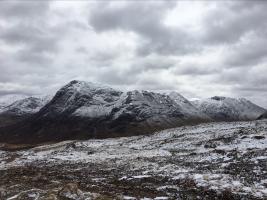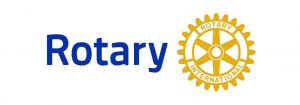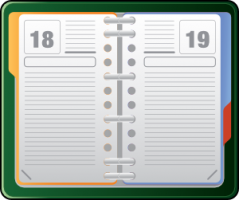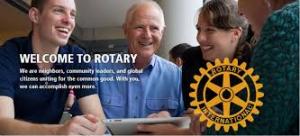Stirling Archaeology - Murray Cook 14 December 18.00
Thu, Dec 14th 2017 at 6:00 pm - 8:30 pm
Stirling Archaeology - Murray Cook 14 December 18.00
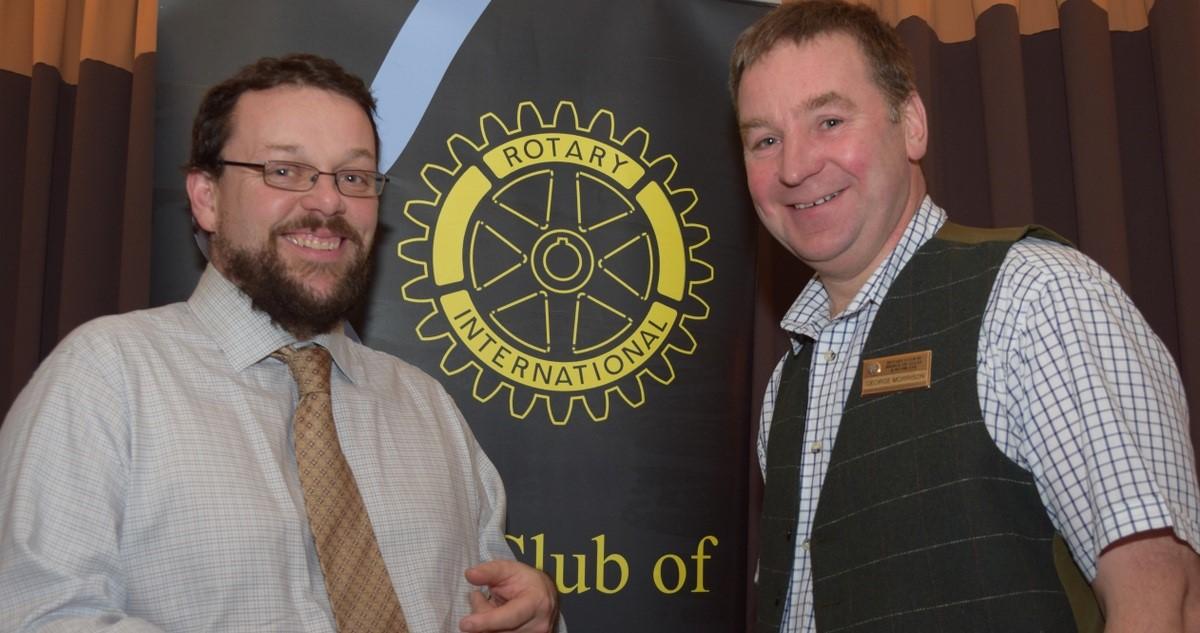
ARCHAEOLOGICAL HIGHLIGHTS IN THE STIRLING AREA 2017
The Club was very pleased to welcome back Dr Murray Cook, Archaeologist with Stirling Council, who spoke on Archaeological Highlights in the Stirling area 2017.
The Randolph Field Standing Stones were a particularly interesting focus for investigation, opening up a number of options as to their origin. Among these, it was possible that they might have been associated in some way with the Roman road. Alternatively, they might have been from an older period serving as way markers for travellers. An even earlier possibility was that they might have been associated with a Neolithic temple believed to have been sited in the region of the Castle, in which case they might have served as part of a ley line linked to a specific phase of the moon. Given the stones’ location, they could also have been erected to commemorate the Battle of Bannockburn.
In the light of these intriguing ideas, and to try to obtain further understanding of the age of the stones, it was decided to obtain some charcoal from the base of the stones and have this carbon-dated. As Murray explained in answer to a question, carbon-dating, while not able to pinpoint an exact date, can provide a sufficiently high degree of assurance to allow for a very close approximation of age. In this instance, when a result was obtained, it pointed to the stones’ erection being close to the date of the Battle of Bannockburn, suggesting that the stones may have been erected to commemorate the battle, or the fallen.
The development of an improved path to the north of the King’s Knot and immediately below the Castle, known as John Bog’s Passageway, provided an interesting insight into the use of this area in the early to mid-sixteenth century. The location was used as a jousting ground where nobles would have demonstrated their skill and bravery to an admiring audience, often including important visitors from overseas.
On a derelict farm building, an intriguing find had been a medieval stoup stone which may have been rescued from a Catholic monastery in St Ninian’s destroyed in the post-Reformation period. Its position on the gable wall suggested that it may have been placed there as a form of homage to the outlawed Catholic religion.
From the Viking period, Dr Cook showed a picture of a small piece of “hacksilver” – silver which had been broken up and then shared among the troops. Murray hinted that evidence increasingly pointed to the possibiity of further Viking remains being found in the area. Murray also outlined an investigation of a Viking burial mound at Logie Kirk that had altered the perception of the Vikings as merciless invaders. There is evidence that the Vikings, in control of the area for some 20 to 30 years, had become at least partially integrated into the community.
Following reports in the local media about a skull which had been found in the Torbrex area in the late nineteenth century, Murray confirmed that this has now been authoritatively dated as being some 4,000 years old. He showed a reconstruction of what the face was likely to have looked like. Surprisingly, perhaps, it was not markedly different from contemporary faces.
Colin Strachan, Speaker’s Host, reflected on Murray’s obvious enthusiasm and thanked him warmly for a most interesting and illuminating talk.
.jpg)
